2023 spring batch
Lu An Gua Pian – strong and flavorful | the only green tea made of single leaf
Lu An Gua Pian is one of the 10 most famous Chinese Tea, and It is the only tea in the world which is made of single leaf, without buds and stems. Lu An Gua Pian is considered a stronger, more flavorful and aromatic tea than other green tea.
New spring batch of Lu An Gua Pian from Hong Shi Geng Tea Garden
Lu An is one of the ancient tea areas in China. It has a well documented history of more than 2000 years. The core production area of Lu An Gua Pian is about dozens of kilometers around Qi Tou Mountain, including a total of 26 townships in Lu An. This batch of 2023 tea is from one of the core production area -Hong Shi Geng (红石埂) tea garden in Yu An district of Lu An country. We visited this beautiful tea garden this year, the tea garden has excellent ecology and unique environment for tea growing, it is surrounded with lots of bamboo trees and there are many local old variety of tea trees. We have chosen a small batch of the old variety this year. When comparing with the early sprout variety, we find this old variety is very impressive in its lingering fragrance, you can find a very subtle orchid notes in it, and because of its unique traditional baking process, you can also find a toasty and nutty notes in it.
Why does Lu An Gua Pian taste relatively stronger than other green tea?
Because Lu An Gua Pian is made of single leaf and the stem is removed in the making process, it has almost no astringency and grassiness at all. A unique nutty and toasty notes, subtle orchid and dried seaweed notes can be found. Also, because of the unique firing step and using the material of matured leaves, the taste of this Tea is relatively stronger and sweeter and mouthfeel is relatively thicker than other green tea.
Why is it called “Melon Seed”?
Its name “Lu An” refers to its place of origin “Lu An Country”, and “Gua Pian” means “melon seed”. The unique appearance of the dry-leaves resemble the shape of melon seeds, it looks flat, straight, and slightly curly in its edges.
When is Lu An Gua Pian harvested?
Similar to the harvest time of Tai Ping Hou Kui, Lu An Gua Pian is a kind of “late- maturing tea”. As it required fully opened matured leaves as material, it is usually harvested in middle Spring. The first flush usually started in the mid of April.
What does it taste like?
Because of the unique firing and baking step, and also using the material of matured leaves, the taste of this tea is relatively stronger and sweeter and mouthfeel is relatively thicker than other green tea. Also, as it is made of single leaf and the stem is removed in the making process, it has almost no astringency and grassiness at all. A unique nutty and toasty notes, subtle orchid and dried seaweed notes can be found.
One of the most complex and unique making process of Lu An Gua Pian
Tea Picking – Lu An Gua Pian needed to be harvested in late spring
Unlike most of the other green tea being picked in early spring, before or during Qing Ming festival, Lu An Gua Pian is a unique green tea needed to be harvested after Qing Ming Festival, the first flush usually started in the second week of April, it is because it required matured and fully opened leaves as material to make the best quality of Gua Pian Tea. The picking standard of Lu An Gua Pian is only picking single leaf with buds and stems. It does not require the freshness and tenderness from the buds, but require the fragrance and strong taste from the matured leaves. The purpose of removing the buds is to eliminate the grassiness and astringency. Removing the stem can help the tea to retain its strong and sweet fragrance.
Withering
After the fresh leaves being harvested, it will be withered on the bamboo baskets for around 5-8 hours.
Pan-frying
Unlike other green tea being hand-fried in an iron wok/ processed by a kill-green machine, Lu An Gua Pian is being fired in a wok with a bamboo brush. The wok is being set at a 30-45° angle, and tea maker use a special technique – upward brushing and tossing the tea leaves with a bamboo brush, this upward brushing motion makes the leaves to rolled up and creates the unique melon seed shape.
There are two processes of pan-frying: “sheng guo”/raw pot and “shu guo”/ cooked pot. The raw pot should be at 180-200°c , and the cooked pot should be 160-180°c . The first process is the fresh leaves being fired in the raw pot for 1-2 minutes. When the leaves started to get soft and leaf color turns dark, the leaves are transferred immediately to the cooked pot for shaping. In this second process, the leaves are being stir-fried and patted, in order to create the shape of melon seed.
Baking
The baking process of Lu An Gua Pian is called “La Huo”, which means roasting the tea over a pile of fire. The whole baking process is divided into “Mao Huo”, “Light Fire” and “Old Fire”, and the baking temperature gradually increases three times. The purpose of baking tea is to reduce the water content of the tea, so that it is not easy to be changed during storage and increase the fragrance of the tea. During the baking process, the tea is being baked in a large bamboo baking cage, with a diameter of 120cm and height of 75-80cm.
-
Mao Huo: the temperature is about 100°c , the purpose is to reduce the water content of the tea to about 10-20%
-
La Xiao Huo 拉小火: it is translated as “Baking over the light fire”, the purpose is to further reduce the water content and increase the fragrance of the tea. This step requires two tea makers to carry the cage together and bake over the charcoal fire for 3-4 seconds and then move the cage away. The whole process take turns and repeats for around 40-50 times until the water content is less than 10%. The tea is then being rest for around 1-2 days before the next step of La Lao Huo.
-
La Lao Huo 拉老火: it is translated as “Baking over the old fire”, it is the last step of baking, which greatly influence the color, fragrance and taste of the tea. The temperature is higher, and the fire is bigger than the previous step. Again, it requires two tea makers to carry the cage together and bake over the charcoal fire for 2-3 seconds and then move the cage away. The whole process take turns and repeats for around 60-100 times. Because of this unique firing step, the taste of this Tea is relatively strong and sweet, the mouthfeel is complex and relatively thicker than other green tea. A unique nutty notes, subtle orchid and seaweed notes can be found.
Weight per pack: 85g
Tea Farm Location: Lu An, Anhui, China
Harvest Time: Spring 2023
Varietal: Old bush small leaf variety
Tasting Notes: nutty & toasted notes, light floral notes, lingering sweetness
Dry Leaves Appearance: Rolled leaf like a “melon seed”, dark green
Tea Liquor Colour: Bright and clear light-green
Brewing Method (Adjust with your own taste):
Gaiwan Style: 3-5g Tea| 150-200ml water (85-95°c) | 1 infusion 30’s, 2-3 infusion : 10’s, After : Add 5’s each
Glass Style: prepare a tall glass, pre-warm the glass by rinsing it, fill your glass with 85-95°c water, add tea leaves (3g), let it rest for 45 seconds, enjoy (Don’t drink the whole glass, left 1/3 of Tea liquor in the glass for resteeping, add 30’s each time)
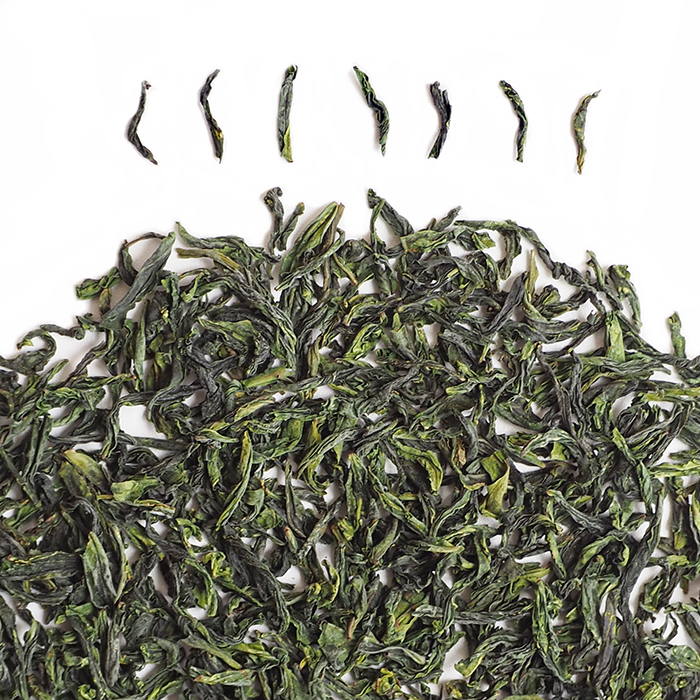
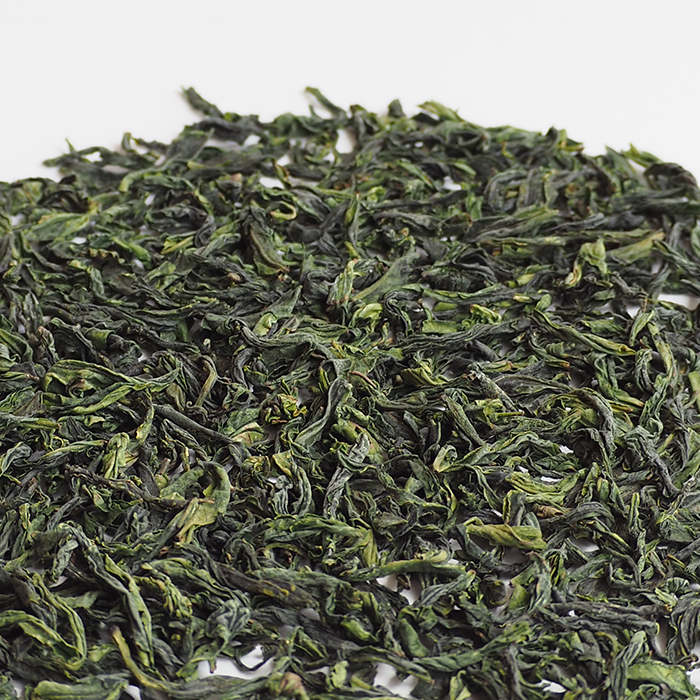
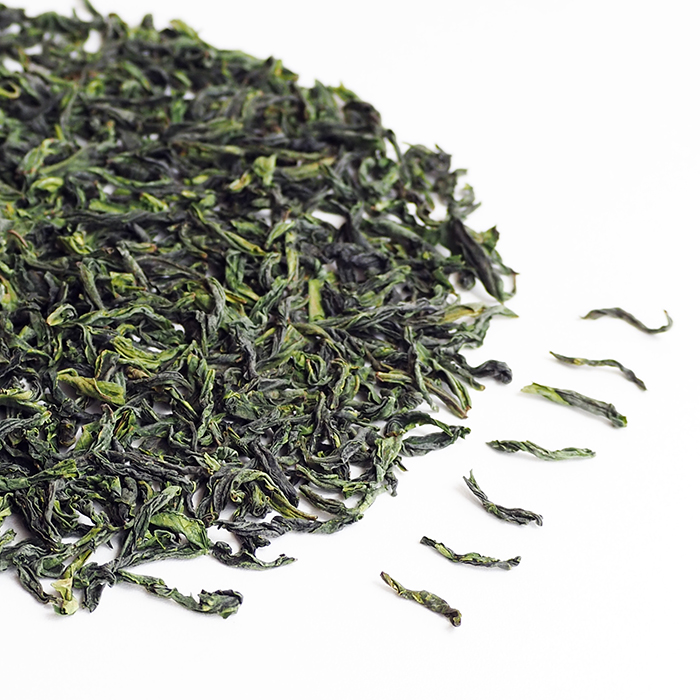
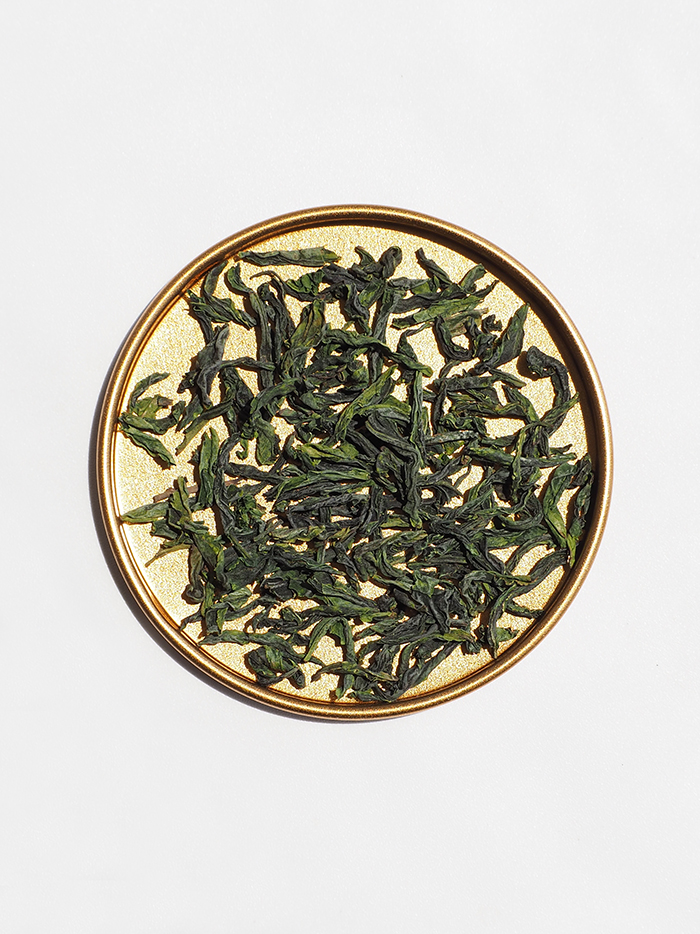

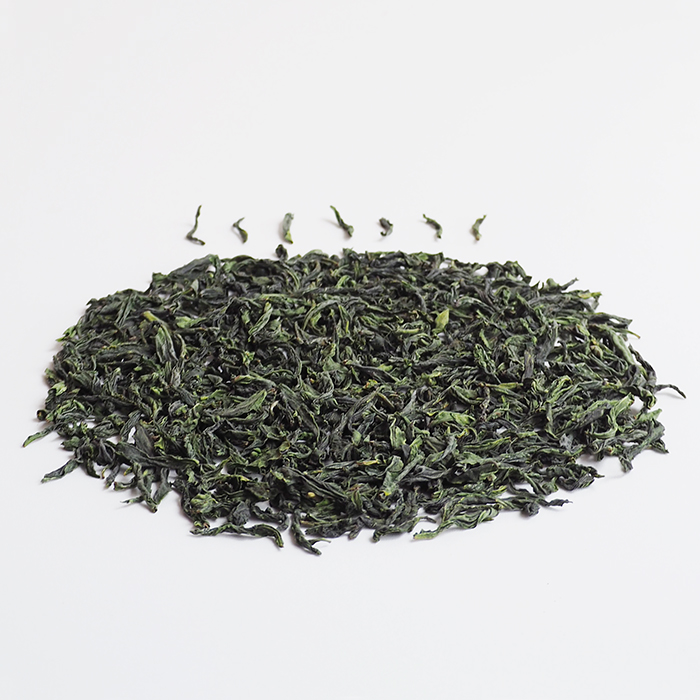
 If you purchase this product you will earn
If you purchase this product you will earn 
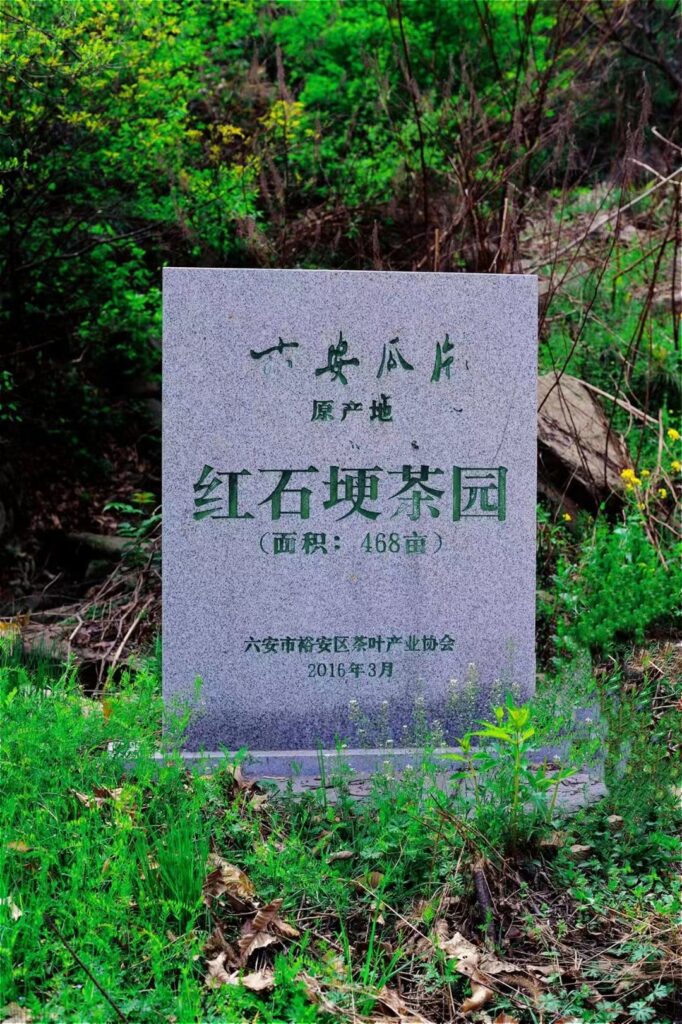
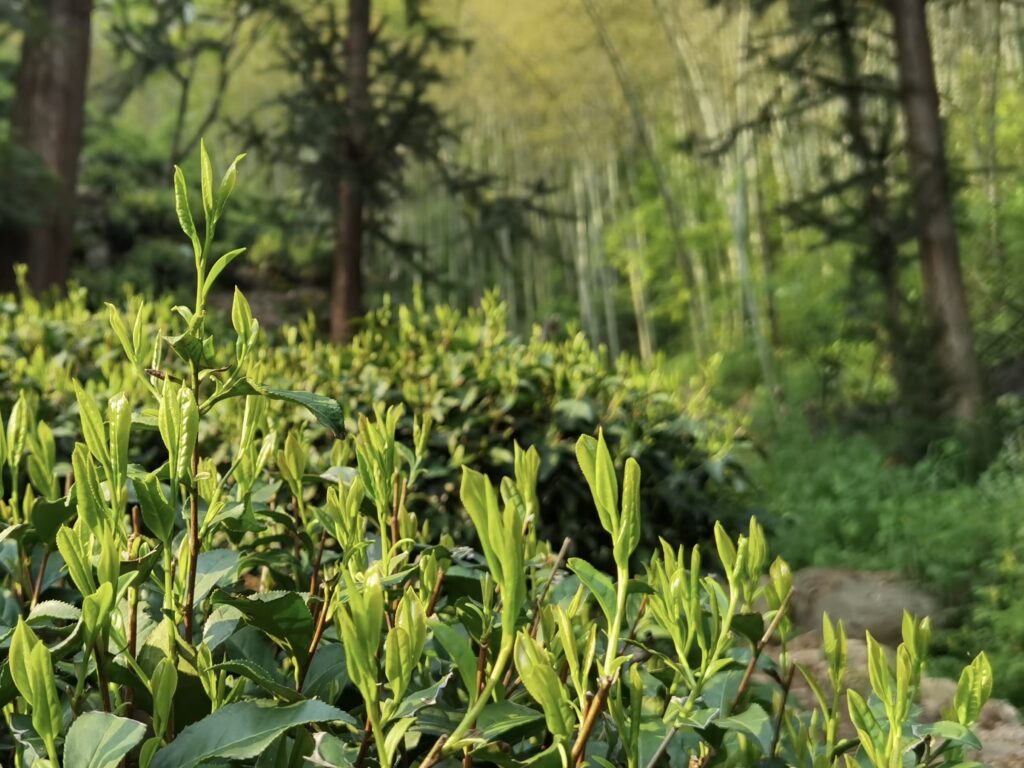
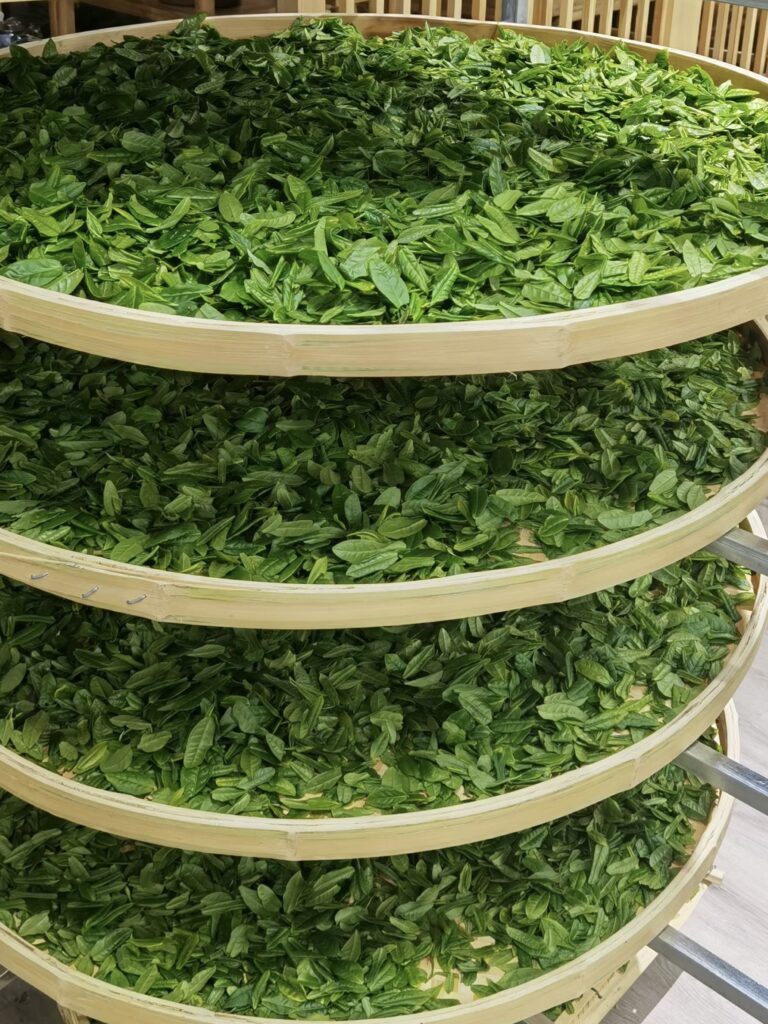
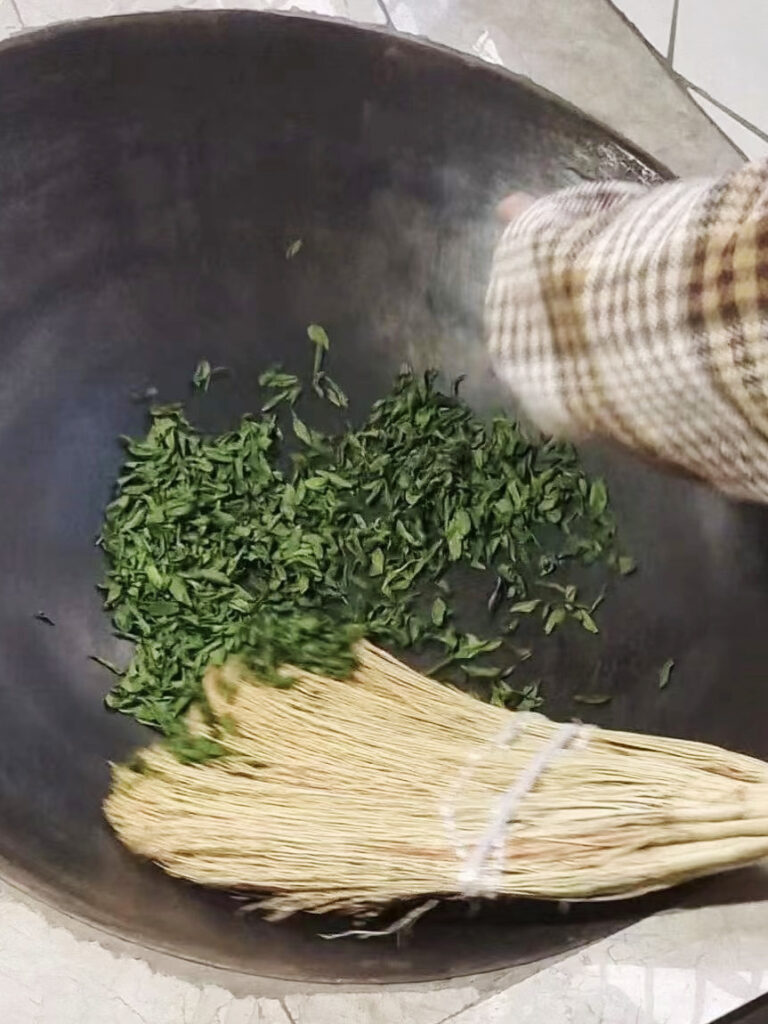
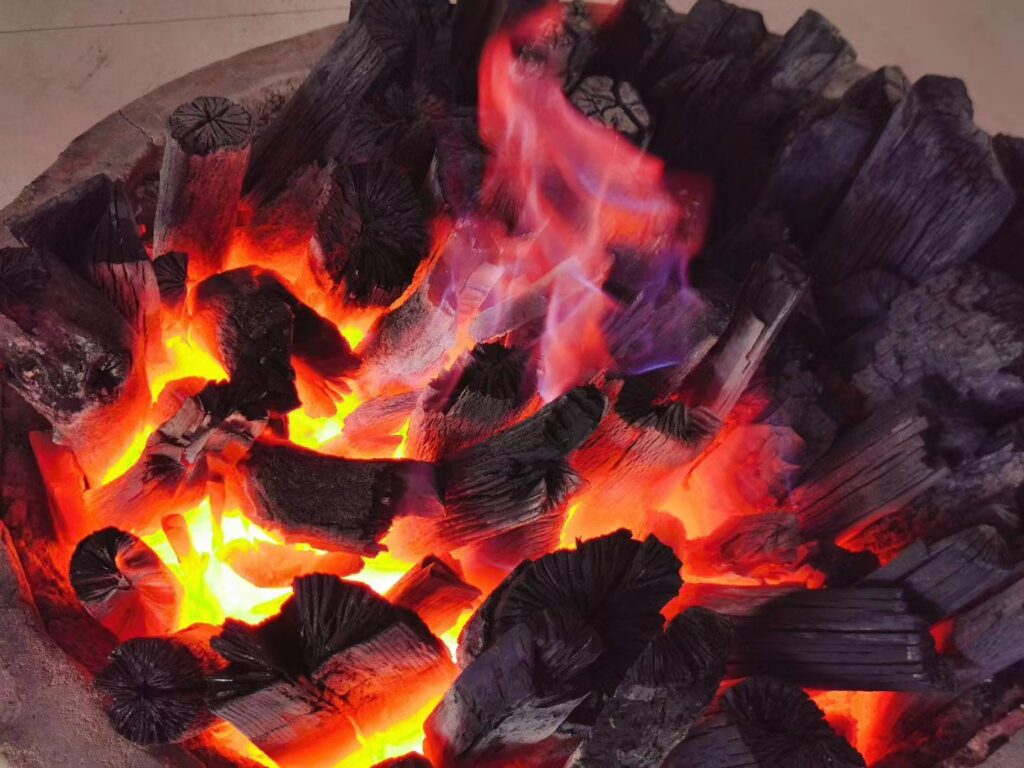
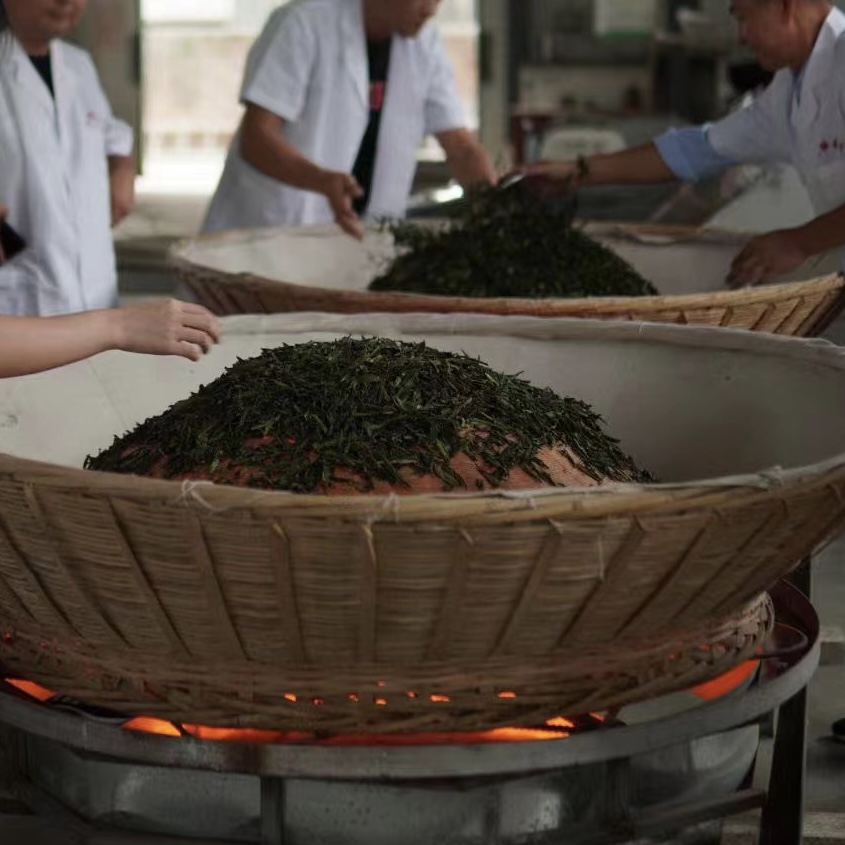
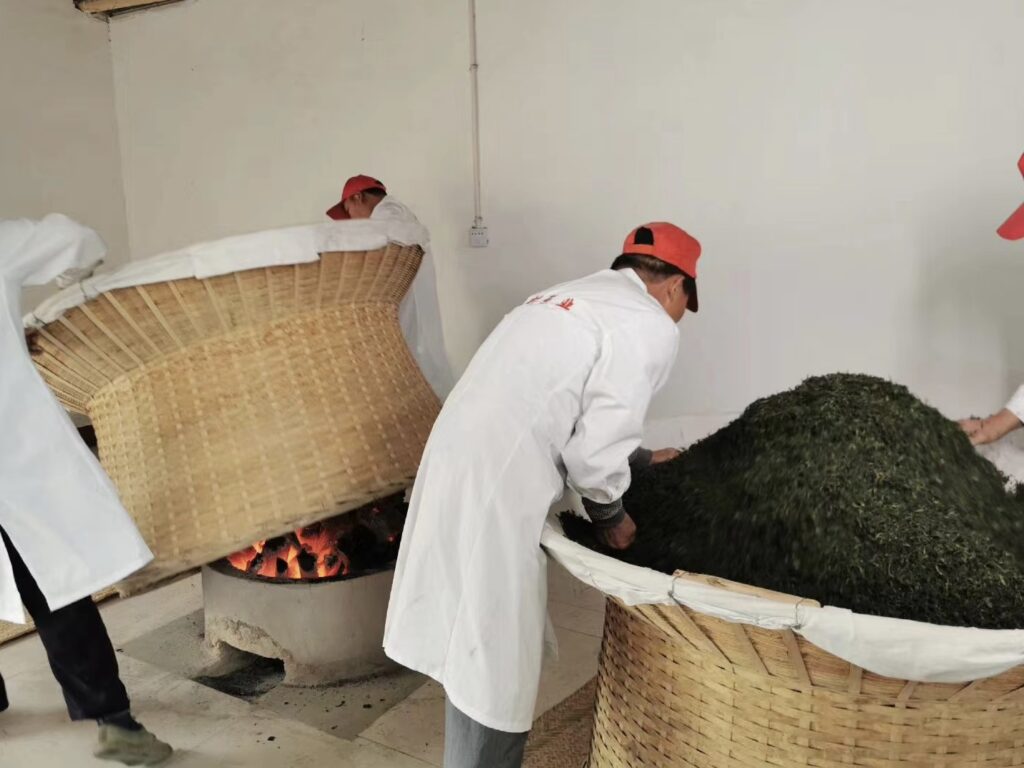
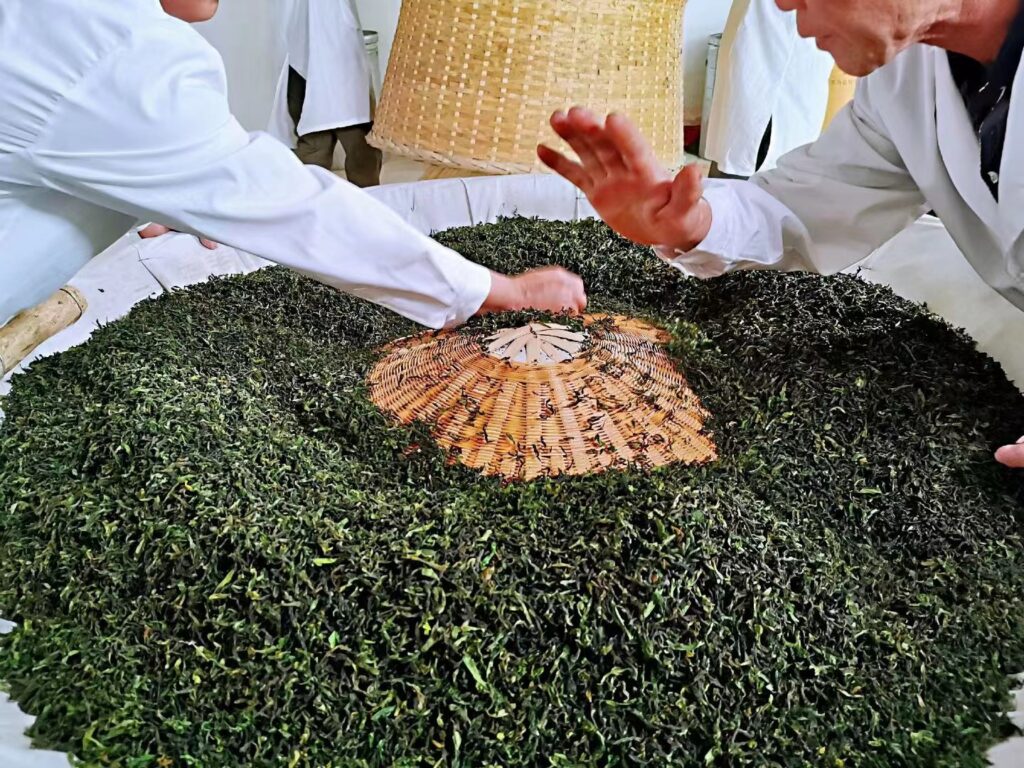
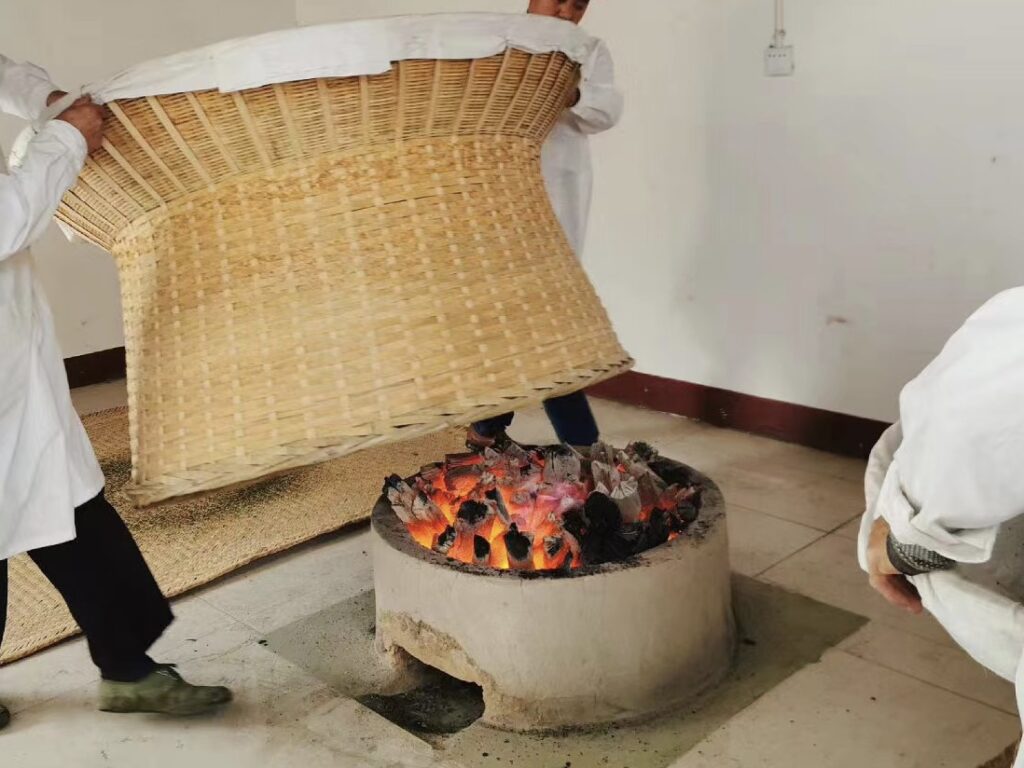


![[Available Now - 10% off] 2025 Premium Silver Needle Fuding White Tea](https://teaintown.store/wp-content/uploads/2025/04/78fbfdd8-18e4-4479-bd6d-4339be00ab15-1-362x362.jpg)
![[Available Now - 10% off] 2025 Huo Shan Huang Ya Green Tea](https://teaintown.store/wp-content/uploads/2025/03/img_8873-1.jpg)